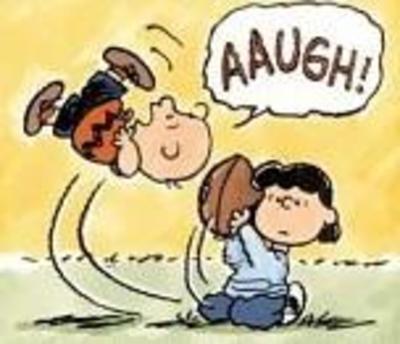When I started out assisting in yoga classes, it was a way to get more experience before I started teaching. Even when I was teaching, I kept assisting because it was a great way to not have to worry about teaching but you still worked with students around alignment.
One of the things I was trained to do before class started was get out props like blocks and straps. It was helpful to have them nearby rather than off in the corner on the shelves because usually you needed one right away and didn’t have time to run and grab it. By then, the teachable moment was gone.
Many students aren’t familiar with how to use blocks and straps and also blankets, if the studio has them. They’re often seen as something beginners use or only part of a restorative practice. Unless the teacher has a particular affinity for using props as part of teaching, many times a class will go on with little reference to when to use a prop, where to place it or how to use it.
Props have little or nothing to do with the experience level of the practitioner. While props may be very helpful to a beginner, where some instability and inflexibility may be more prevalent, even more advanced practitioners can find a greater expression of the pose by creating a more solid foundation or by creating more space in the shoulders by using a strap, for instance. Also, props can be an essential part of a supported posture; for instance in supported shoulder stand, where a blanket is necessary to create the base of the pose.
Here are some general tips for using props in a yoga class that you might find helpful:
Before class, grab what you need. Nothing is more frustrating then not having a block when you need it and it can not only break your sense of flow but can be distracting to other students if you need to travel across the room to grab something. Of course, if you need it, get it and just practice mindfulness on your way over and back to your mat.
When you have props, put them neatly around your mat and within arms reach. Putting props at the back of your mat makes it hard to get to when you need it. Having your props strewn around your mat can make it a challenge for other students as they come into the room and try to get set up. Also, the area of your practice is a reflection of your practice. Bring the same mindfulness to your prop arrangement as you would to the actual asana practice.
If your studio has two types of blocks, bigger sized and small (in height) grab one of each. The thicker the block, the more height it can give you from the floor. Blocks are primarily used to create foundation and lift from the ground. They can help you compensate for short hamstrings or overall leg tightness in standing poses. They can provide a sense of grounding so you can then create rotation, as in twisting poses. Try to avoid using shorter, thinner blocks as a support for standing poses. They’re usually meant only as support for under hips in poses you take when you’re on the ground, so usually they’re not very stable as a base for a standing balance, for instance.
Yes, blocks can go on the inside or outside of your leg in many of the standing poses (things like twisting triangle, crescent lunge twist) but remember, practice from your own body, not based on what others around you are doing. And also remember that the integrity of the pose often disintegrates as you add more twist, so if your block is on the outside of your foot, for instance, take a moment to re-check your alignment and your breath. Can you still breathe? Is your knee still stacked safely over your heel? We often push to extremes as a way to avoid backing off and doing something more in tune with where we are at the moment. That’s practicing from an “ego†mentality and can lead to injury and frustration.
How you return your props at the end of class is another expression of yoga. You often hear people say they practice their yoga “off their mat†as well as on the mat. This can be seen in so many things; how they carry themselves, how they react to stress, how they are with their friends and families. It’s an expression of mindfulness and it is also reflected in how you are as you’re on your way into the studio, on your mat, off your mat and returning the props you used. Putting them back neatly not only makes it easier for the next class to get them, it’s a way to silently say “thank you†to the space for supplying you with the support you needed during class.
Your yoga practice is ever evolving. If you find you’re stuck in a rut, maybe using props can create more space and support in your poses. If you’re unsure, ask! Teachers love questions and can help you customize poses to meet you where you are at in any particular phase of your practice. And always remember to practice from faith, compassion and gratitude. These qualities will take you a long way.

